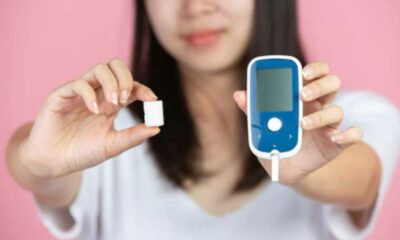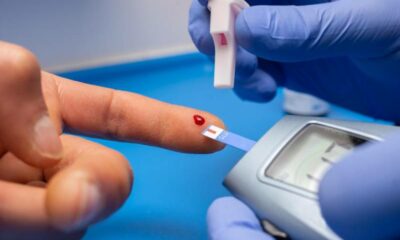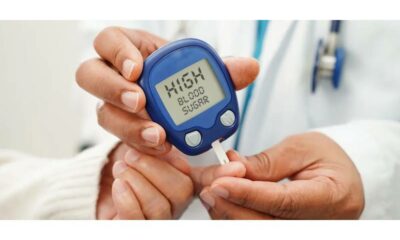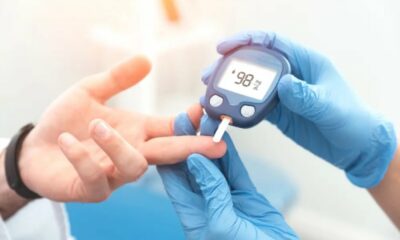Managing diabetes often involves a combination of lifestyle changes and medications. While insulin injections are essential for some, many individuals with Type 2 diabetes can effectively control their blood sugar levels through oral diabetes medications.
In this guide, we’ll break down the most common types of oral diabetes medications, how they work, their benefits, and potential side effects. Understanding these medications can empower you to make informed decisions alongside your healthcare provider.
What Are Oral Diabetes Medications?
Oral diabetes medications are prescription drugs taken by mouth to help manage blood sugar levels in individuals with Type 2 diabetes. Unlike insulin injections, these medications work in various ways to improve the body’s use of insulin or reduce blood sugar levels.
Types of Oral Diabetes Medications
- Biguanides(e.g., Metformin)
- How It Works: Reduces glucose production in the liver and improves insulin sensitivity.
- Benefits: Often the first-line treatment; helps with weight management.
- Side Effects: Nausea, diarrhea, stomach upset.
- Sulfonylureas(e.g., Glipizide, Glyburide, Glimepiride)
- How It Works: Stimulates the pancreas to produce more insulin.
- Benefits: Fast-acting; effectively lowers blood sugar.
- Side Effects: Risk of hypoglycemia, weight gain.
- Meglitinides(e.g., Repaglinide, Nateglinide)
- How It Works: Stimulates insulin release from the pancreas, but with a shorter duration than sulfonylureas.
- Benefits: Quick action; suitable for controlling blood sugar spikes after meals.
- Side Effects: Risk of hypoglycemia, weight gain.
- Thiazolidinediones (TZDs)(e.g., Pioglitazone, Rosiglitazone)
- How It Works: Improves insulin sensitivity by acting on fat and muscle cells.
- Benefits: Can improve cholesterol levels; effective long-term.
- Side Effects: Weight gain, fluid retention, increased risk of heart failure.
- DPP-4 Inhibitors(e.g., Sitagliptin, Saxagliptin, Linagliptin)
- How It Works: Inhibits the enzyme DPP-4, increasing insulin production and reducing glucose production.
- Benefits: Less risk of hypoglycemia; weight-neutral.
- Side Effects: Nasal congestion, headaches, joint pain.
- SGLT2 Inhibitors(e.g., Canagliflozin, Dapagliflozin, Empagliflozin)
- How It Works: Blocks the reabsorption of glucose in the kidneys, allowing excess sugar to be excreted in urine.
- Benefits: Can aid in weight loss and lower blood pressure.
- Side Effects: Risk of urinary tract infections, dehydration.
- Alpha-glucosidase Inhibitors(e.g., Acarbose, Miglitol)
- How It Works: Slows the breakdown of carbohydrates in the intestines, reducing blood sugar spikes.
- Benefits: Effective for post-meal blood sugar control.
- Side Effects: Bloating, gas, diarrhea.
- Combination Medications
- Often, doctors prescribe a combination of two or more medications to improve blood sugar control effectively. Common combinations include Metformin with DPP-4 inhibitors or SGLT2 inhibitors.
How to Choose the Right Medication
Selecting the right oral diabetes medication depends on various factors, including:
- Blood sugar levels (fasting and post-meal)
- Lifestyle and dietary habits
- Other health conditions (e.g., heart disease, kidney issues)
- Potential side effects
- Cost and availability
Consulting with your healthcare provider is essential for developing a treatment plan tailored to your specific needs.
Tips for Taking Oral Diabetes Medications Effectively
- Take medications exactly as prescribed.
- Monitor your blood sugar regularly.
- Follow a healthy diet and exercise plan.
- Discuss any side effects with your doctor promptly.
Conclusion
Oral diabetes medications are powerful tools for managing Type 2 diabetes. Understanding their types, benefits, and potential side effects can help you work with your healthcare provider to create the best treatment plan.

 Diabetology2 weeks ago
Diabetology2 weeks ago
 Diabetology2 weeks ago
Diabetology2 weeks ago
 Diabetology5 days ago
Diabetology5 days ago
 Diabetology4 days ago
Diabetology4 days ago
 Diabetology3 days ago
Diabetology3 days ago
 Diabetology4 days ago
Diabetology4 days ago
 Diabetology20 hours ago
Diabetology20 hours ago
 Diabetology22 hours ago
Diabetology22 hours ago













